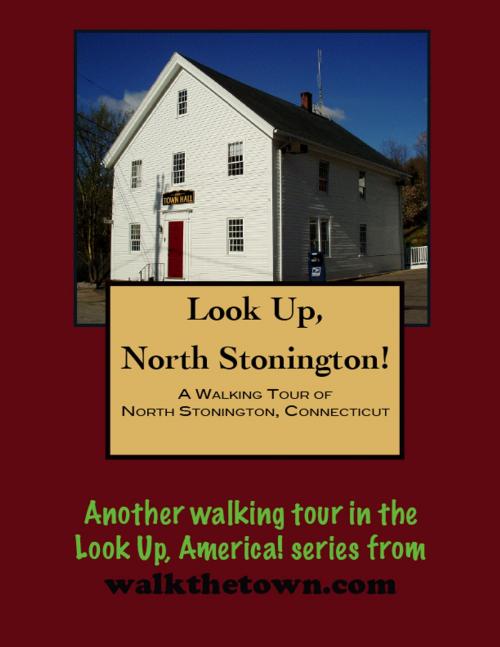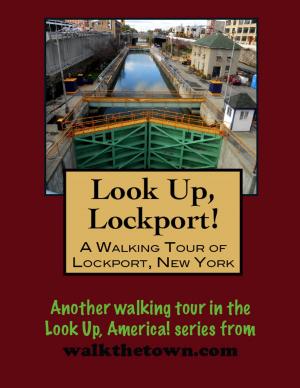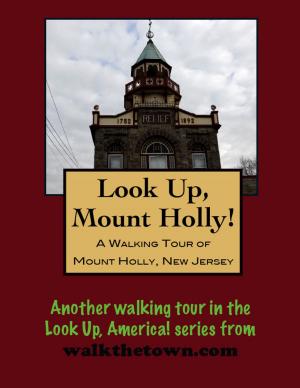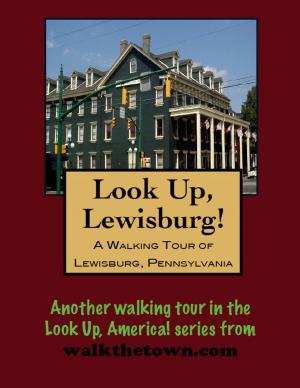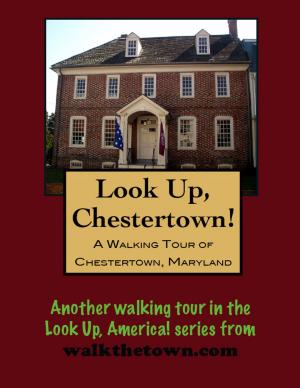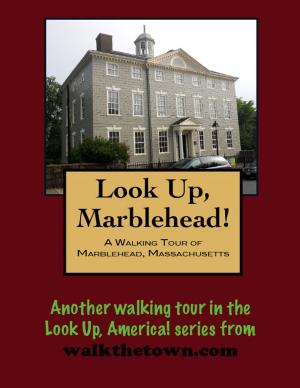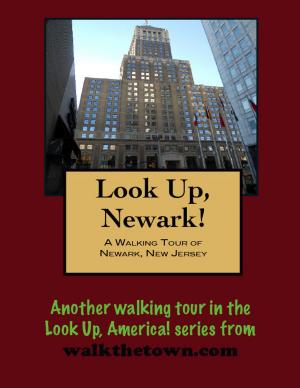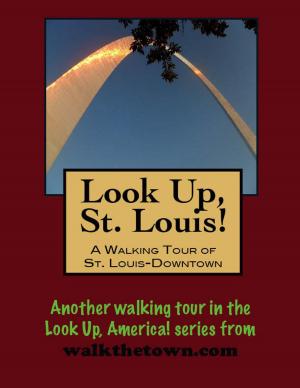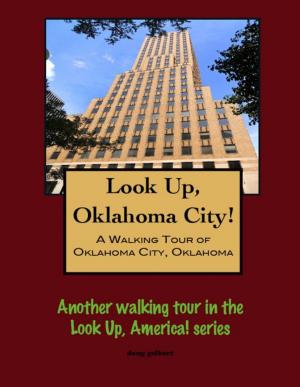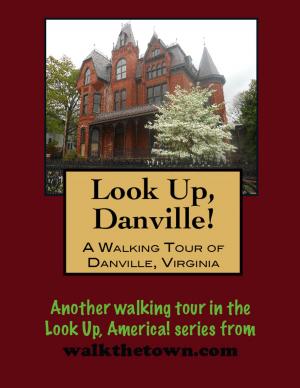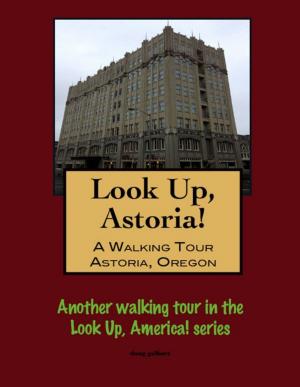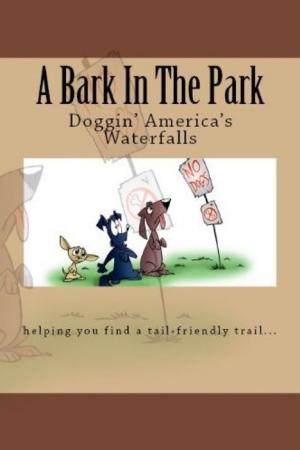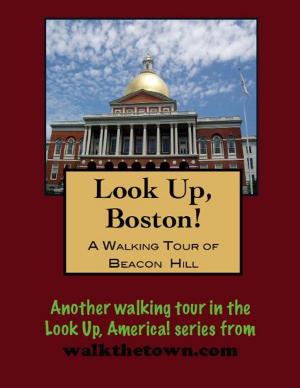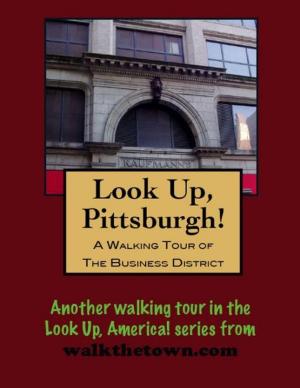A Walking Tour of North Stonington, Connecticut
Nonfiction, Travel, United States, History, Americas| Author: | Doug Gelbert | ISBN: | 9781458101686 |
| Publisher: | Doug Gelbert | Publication: | March 2, 2011 |
| Imprint: | Smashwords Edition | Language: | English |
| Author: | Doug Gelbert |
| ISBN: | 9781458101686 |
| Publisher: | Doug Gelbert |
| Publication: | March 2, 2011 |
| Imprint: | Smashwords Edition |
| Language: | English |
There is no better way to see America than on foot. And there is no better way to appreciate what you are looking at than with a walking tour. This walking tour of North Stonington, Connecticut is ready to explore when you are. Each walking tour describes historical, architectural landmarks, cultural sites and ecclesiastic touchstones and provides step-by-step directions.
Every tour also includes a quick primer on identifying architectural styles seen on American streets.
The village of North Stonington is on land originally granted to Amos Richardson in 1667, which he gave to his son Samuel on his 21st birthday, April 20,1682. The first settlers to North Stonington were Ezekiel Main and Jeremiah Burch, who in 1667 established settlements in the areas which became the village of North Stonington and Clark’s Falls, respectively. Main, formerly of Massachusetts, had served in the King Philip’s War, and received in return for his military service a land grant. Burch, on the other hand, had been a blacksmith in England before making the crossing to America and establishing a land stake.
North Stonington and its mother town on the coast, Stonington, come by their names honestly. the land was sculpted by retreating glaciers 10,000 years ago and the land is studded with their souvenirs. The southern part of town is a little more amenable to farming and was probably settled first but it didn’t take long for most settlers to realize their fortunes were better pegged to power latent in the town’s rivers and streams. Samuel Richardson, an early farmer and extensive landowner, had a mill going by 1702. There would be enough mills humming along the Shunock River that the village would adopt the name “Milltown.” In the early 1800s it was inhabited by 210 people and included a gristmill, sawmill, fulling mill, cotton mill, and wooden mill, all of which were powered by the Shunock and Assekonk Rivers.
At a town meeting on April 5,1806, it was voted to divide the Town of Stonington into two separate towns. The division of the towns was based on an ancient line creating a North Religious Society of Stonington nearly one hundred years prior to the separation of the country from Great Britain. The line was important because it delineated which of the two Congregational Churches people would attend. It was also decided that the new town to the north of the line was to be called Jefferson in honor of President Thomas Jefferson. The General Assembly of Connecticut confirmed the vote in May of 1807 naming the town, not Jefferson, but North Stonington, because the North Religious Society there had been so named in 1720 and the name had been become identified with the vital interests of the area.
These days the settlement along the Shunock River is known as North Stonington and it rests sleepily on the National Register of Historic Places. Our walking tour will begin at the water and explore both sides. There are no sidewalks but not much traffic either...
There is no better way to see America than on foot. And there is no better way to appreciate what you are looking at than with a walking tour. This walking tour of North Stonington, Connecticut is ready to explore when you are. Each walking tour describes historical, architectural landmarks, cultural sites and ecclesiastic touchstones and provides step-by-step directions.
Every tour also includes a quick primer on identifying architectural styles seen on American streets.
The village of North Stonington is on land originally granted to Amos Richardson in 1667, which he gave to his son Samuel on his 21st birthday, April 20,1682. The first settlers to North Stonington were Ezekiel Main and Jeremiah Burch, who in 1667 established settlements in the areas which became the village of North Stonington and Clark’s Falls, respectively. Main, formerly of Massachusetts, had served in the King Philip’s War, and received in return for his military service a land grant. Burch, on the other hand, had been a blacksmith in England before making the crossing to America and establishing a land stake.
North Stonington and its mother town on the coast, Stonington, come by their names honestly. the land was sculpted by retreating glaciers 10,000 years ago and the land is studded with their souvenirs. The southern part of town is a little more amenable to farming and was probably settled first but it didn’t take long for most settlers to realize their fortunes were better pegged to power latent in the town’s rivers and streams. Samuel Richardson, an early farmer and extensive landowner, had a mill going by 1702. There would be enough mills humming along the Shunock River that the village would adopt the name “Milltown.” In the early 1800s it was inhabited by 210 people and included a gristmill, sawmill, fulling mill, cotton mill, and wooden mill, all of which were powered by the Shunock and Assekonk Rivers.
At a town meeting on April 5,1806, it was voted to divide the Town of Stonington into two separate towns. The division of the towns was based on an ancient line creating a North Religious Society of Stonington nearly one hundred years prior to the separation of the country from Great Britain. The line was important because it delineated which of the two Congregational Churches people would attend. It was also decided that the new town to the north of the line was to be called Jefferson in honor of President Thomas Jefferson. The General Assembly of Connecticut confirmed the vote in May of 1807 naming the town, not Jefferson, but North Stonington, because the North Religious Society there had been so named in 1720 and the name had been become identified with the vital interests of the area.
These days the settlement along the Shunock River is known as North Stonington and it rests sleepily on the National Register of Historic Places. Our walking tour will begin at the water and explore both sides. There are no sidewalks but not much traffic either...
